
What are Business Applications or Software?
Companies rely on software in dealing with day-to-day business operations. They employ business applications or software to streamline decision-making, improve collaboration among stakeholders, and promote overall organizational success.
Business apps or software are designed to automate and optimize routine processes, enhancing work efficiency and productivity.
Consequently, this makes them indispensable to many enterprises, prompting business application developers to utilize various security measures to safeguard their networks.
Common examples of business software include:
- Project Management Software (PMS);
- Time Management Systems or Software (TMS);
- Human Resource Management (HRM) systems;
- Communication tools; and
- Customer Relationship Management (CRM) tools.
Empowering Enterprises with the Right Software
Organizations thrive when equipped with systems that streamline operations and foster growth. Enterprise software enables teams to collaborate efficiently, manage tasks effectively, and achieve strategic goals.
Some users hesitate to implement software in their work operations, fearing that they’ll take away their jobs. However, these tools aren’t meant to eliminate employment.
Instead, business apps enable staff to accomplish higher-level tasks and provide quality deliverables. As such, they can maximize their time and focus on more complex tasks.
In addition, business apps or software often assist with managing sensitive information and customer records.
For some, this raises concerns about potential cybersecurity threats from malicious attackers. Fortunately, software developers implement security measures such as data encryption, user access levels, and Two-Factor Authentication (2FA) to protect apps from cyber threats.
What Are Some Everyday Examples of Business Applications or Software?
There are many business apps commonly used by individuals, companies, and organizations in the world today.
Every application has a distinct purpose and plays a vital role in ensuring greater efficiency.
As a result, these tools cater to various industries and user needs, with some tailored to the unique workflows or requirements of certain businesses.
Here are some business apps that are crucial to enterprises today:
Project Management Software
This software helps with project planning and implementation while efficiently managing resources. Additionally, they assist with scheduling and assigning tasks, documenting progress, and reporting results.
Small teams and large enterprises use such tools to smoothly manage projects from start to finish, enhancing project efficiency and success.
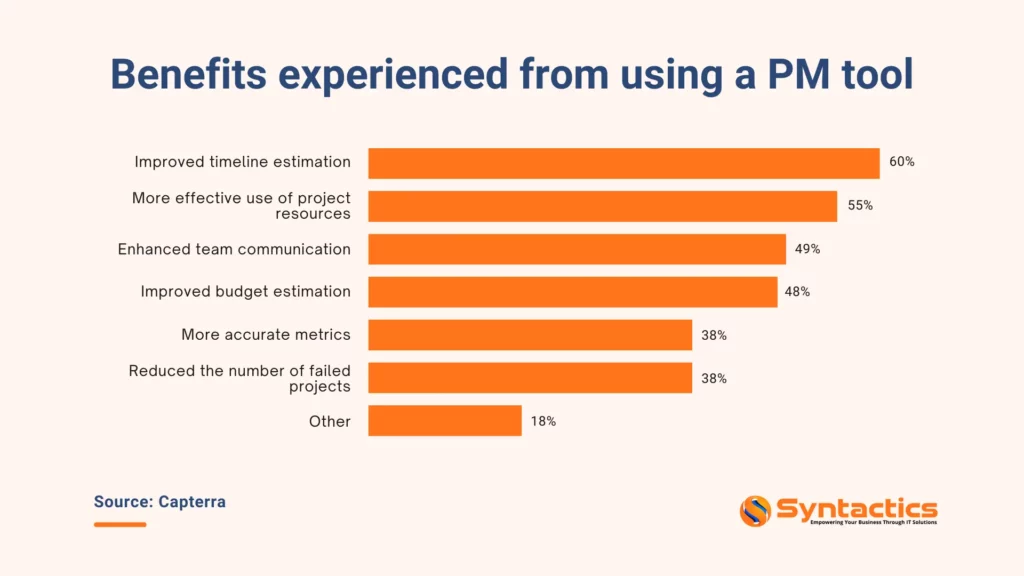
Source: Capterra.
Project management software simplifies the planning and organizing of projects. It typically offers features for task management, resource allocation, time tracking, document sharing, and analytics or reporting.
Examples of such software include Basecamp, Asana, Slack, and Bitrix.
Business Process Management Software
Business process management apps facilitate rapid development, automation, and streamlining of strategic processes. This type of app or software, which is usually optimized for mobile devices, monitors progress and identifies areas for improvement.
Business process management systems offer total visibility into a company’s operations and help manage and analyze complex data, content, and processes.
Thus, this type of software increases productivity, enhancing customer satisfaction by helping organizations make data-driven decisions and optimizing operations.
Hence, it streamlines workflows through business process modeling and design, monitoring and control, integration and collaboration, etc.
Examples of business process management tools include Monday, SaaS BPM, and Wrike.
Communications Software
Communications software enables digital communication and collaboration through tools like the following:
- Instant Messaging (IM) applications
- Mobile messaging apps
- Voice and video calling apps
- Web conferencing applications or tools
- Email clients
- Remote collaboration platforms or software
This kind of software aids companies‘ and organizations‘ growth via tools for internal and external communication. For instance, apps like Zoom, Google Meet, Skype, and Twilio seamlessly connect people and businesses beyond physical boundaries.
Enterprise Resource Planning Software
Known as ERP software, it integrates various business processes into a unified platform. They’re business apps that solicit, review, and analyze data from various work operations.
Implementing an ERP system offers numerous benefits, including improved efficiency, data visibility, collaboration, and agility.
As such, it’s characterized by a centralized database, business process integration, real-time access to information, automation, customization and scalability.
Oracle, Microsoft Dynamics 365, and SAP are popular examples of this application type.
Resource Management Software
This type of software helps businesses appropriately facilitate project resource management in real-time. In particular, it’s designed to help businesses plan, allocate, and utilize their resources.
Key aspects of resource management software include resource usage planning and optimization, scheduling, team collaboration, tracking and monitoring, financial insights, and reporting or analytics.
Therefore, this software is valuable for businesses of all sizes and industries, leading to increased productivity, reduced costs, and improved project outcomes.
Online inventory systems are an excellent example of resource management software.
Productivity Software
Productivity software simplifies tasks and increases efficiency, especially in professional settings. This type of business app includes tools for creating, managing, and collaborating on various types of content.
The following features are often included in this type of software:
- Word processing software;
- Spreadsheet applications;
- Note-taking software or apps;
- File or document management software;
- Presentation software or tools;
- Task and project management tools;
- Collaboration platforms;
- Email clients;
- Calendar and time management apps, etc.
Overall, this software assists with the creation of documents, management of databases, collaboration, and accounting.
Microsoft 365 (or Microsoft Office) is a common productivity software, based on Incredible Productivity Statistics. Other examples of this software type include Trello, Flock, and MeisterTask.
Sales and Marketing Software
Sales and marketing software helps businesses manage customer relationships, automate marketing campaigns, and analyze performance. After all, efficiency and profitability in sales and marketing are vital for business organizations.
In particular, it significantly benefits digital marketers with their work. Sales and marketing software streamline processes and enhance sales efforts, improving customer engagement and driving business growth.
So, here are common apps that fall under sales and marketing software:
- Sales automation software or tools
- Marketing automation software
- Email marketing software
- Social media management tools
- Content Management Systems (CMS)
- Marketing analytics and reporting software
- Lead generation software
- Customer support and helpdesk software
Consequently, businesses can benefit greatly from the following sales and marketing software: Salesforce CRM, Marketo, Google Analytics, Hubspot CRM, etc.
Customer Relationship Management Software
CRM software is a subtype of sales and marketing apps that can help businesses manage customer interactions and relationships more effectively. Through this software solution, users can manage clients’ queries, requests, and issues reported.
They assist with analyzing data while managing customer interactions, facilitating sales, and partner relationships.
By organizing and centralizing customer data, tracking interactions, and improving engagement, CRM systems help enhance customer satisfaction, loyalty, and retention.
CRM software can lead to personalized interactions, exceptional experiences, and business growth. According to CRM Statistics – 2024, they improve customer satisfaction and retention by up to 47%.
Common features of CRM software include centralized customer databases, lead and opportunity management tools, customer support and service management systems, and workflow automation features.
Examples include Intercom, Mailchimp, Active Campaign, etc.
Human Resource Software
Human resource software streamlines and optimizes HR-related processes. As a result, this business app helps manage employees, ensuring that organizations maintain a happy and productive workforce.
HR software reduces errors, improves efficiency, and enhances employee experience. Meanwhile, HR professionals can focus on strategic initiatives and talent management. Human resource software is widely used across businesses of all sizes to manage their workforce effectively.
Thus, this software provides a centralized platform to manage HR functions, automate routine tasks, and enhance workforce management. Here are some key types of human resource software:
- Employee information databases
- Recruitment and applicant tracking tools
- Performance management software
- Payroll management systems
- Employee Self-Service (ESS) applications.
Standard HR software includes BambooHR and Gusto HR.
A key example of this type of software is time management applications.
Time Management Software
Time Management Software (TMS) helps individuals and teams manage their time efficiently by organizing tasks, setting priorities, and tracking progress. It allows for the easy tracking of an individual’s use of digital systems.
In addition, this kind of software keeps tabs on how much time a person spends working on particular apps.
![]()
Source: FinancesOnline.
This software improves personal productivity and enhances overall efficiency for teams and businesses. Here are some key examples of TMS:
- Task and project management tools
- Time tracking or management software
- Calendar integrations
- Goal setting and progress tracking software
- Distraction-blocking or management tools
- Time analysis and reports software
Software or tools such as Tick, Timely, and Toggl help optimize users’ time, increasing productivity.
Achieve Maximum Work Efficiency with the Ideal Apps!
The ultimate goal of business apps or software is to help individuals, companies, and organizations automate and streamline routine processes. They can help business owners make calculated and evidence-based decisions and enhance collaborative work.
Most importantly, it can foster overall business health by achieving maximum work efficiency and productivity.
Enhance operations and drive growth by integrating enterprise apps or software through professional business application development!
This blog was updated on December 26, 2024.
Frequently Asked Questions About Business Apps or Software
What is the difference between an application and software?
An application is a subset of software. It’s a specific tool designed to perform tasks for users, like word processors, spreadsheets, or business management tools.
Meanwhile, software is a general term that refers to programs and systems used to operate devices. Examples include system software (like Operating Systems) and apps.
What specific qualities or characteristics should a business app have to cater to Small or Medium-sized Enterprises (SMEs)?
Here are some qualities or characteristics a business app should have to cater to SMEs:
- Scalability
- User-friendliness
- Cost-effectiveness
- Customization
- Integration
- Security
Is it possible to customize business applications?
Yes, it’s possible to customize business apps, though this often depends on the software provider. Some developers offer built-in customization options, while others may not.
Organizations can collaborate with a developer to build a custom app from scratch to ensure that it aligns with their specific business requirements.
What are the latest trends in business app development that enhance productivity and efficiency?
The following are the latest business app development trends that enhance productivity and efficiency:
- Artificial Intelligence (AI) integration
- Augmented Reality (AR)
- Machine Learning (ML)
- Cloud-based solutions
- Low- or no-code platforms
- Mobile optimization
- Advanced data analytics
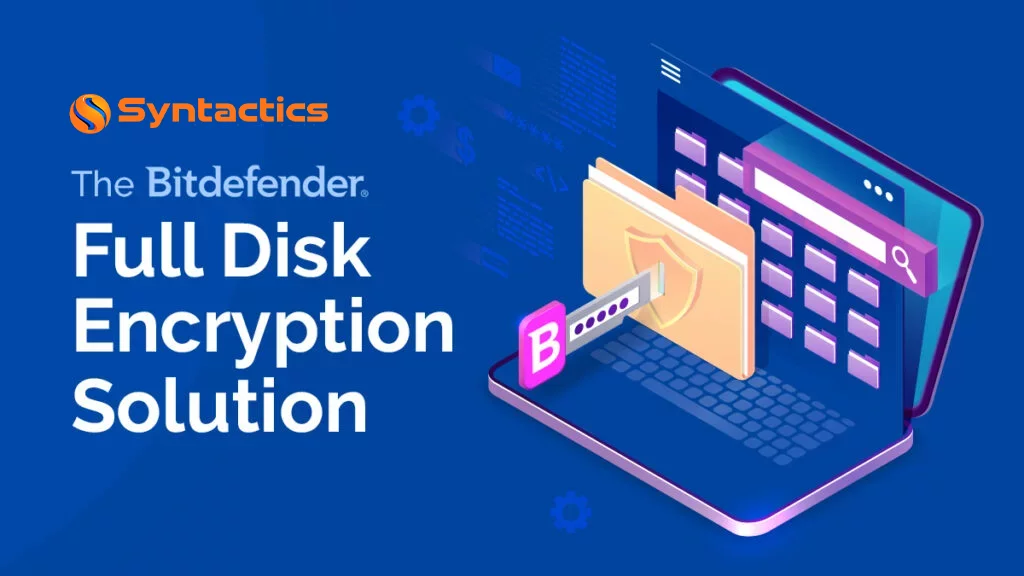
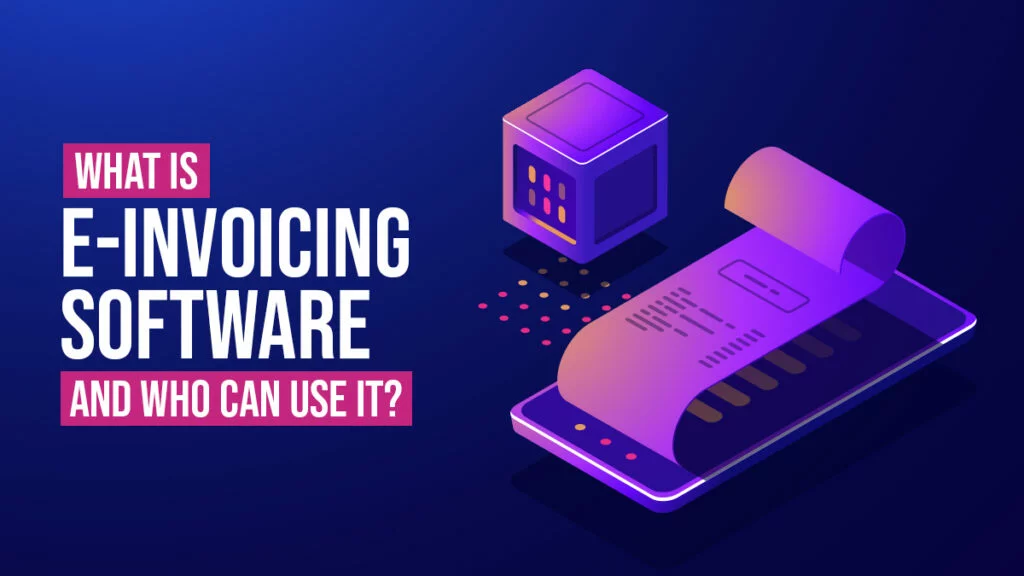



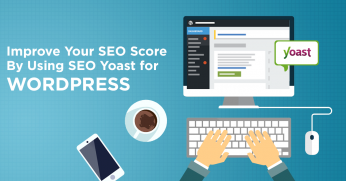






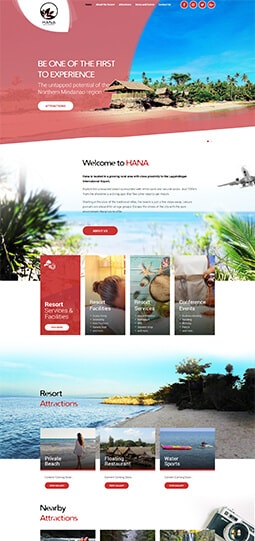
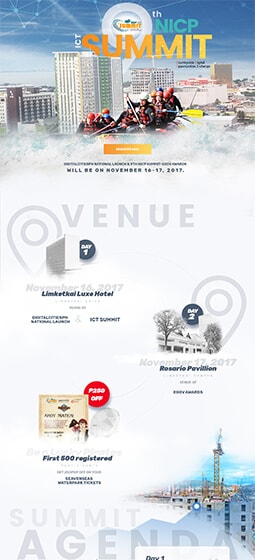
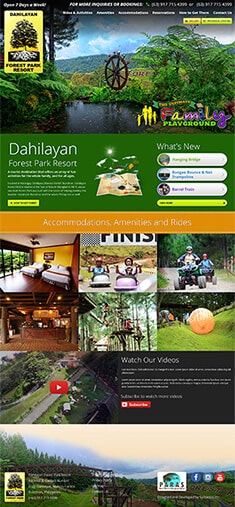
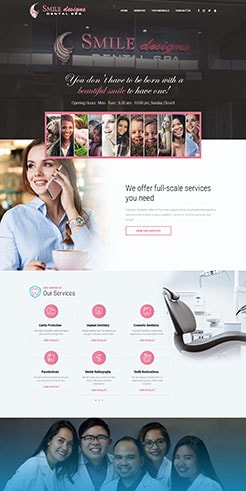
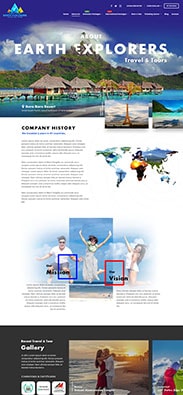

Comment 0